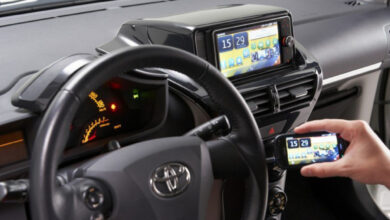Screen Printing VS Digital Printing – 2024 Comparison Guide
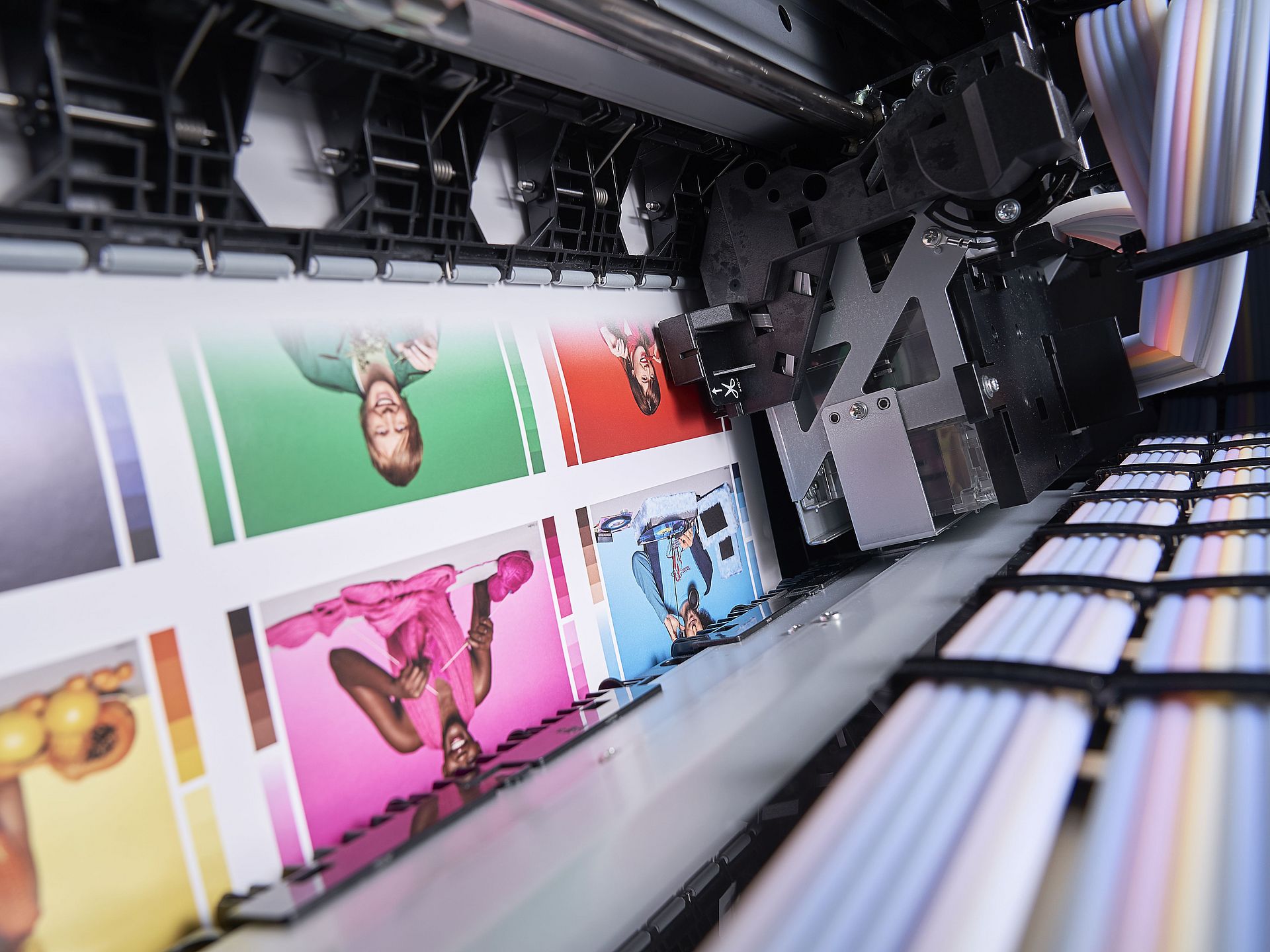
Today, there is a growing interest in the market for customization, branding, and unusual design for everyday things. Also, the technology to achieve these goals has been developed and expanded. From the traditional screen printing option to the modern method of digital printing – we see designers and individuals choosing to use one or the other for their products. But can we determine which option of these two is better? Realistically, it depends primarily on your needs. However, we will introduce you to the advantages and disadvantages of both printing methods.
Design Of Printed Material
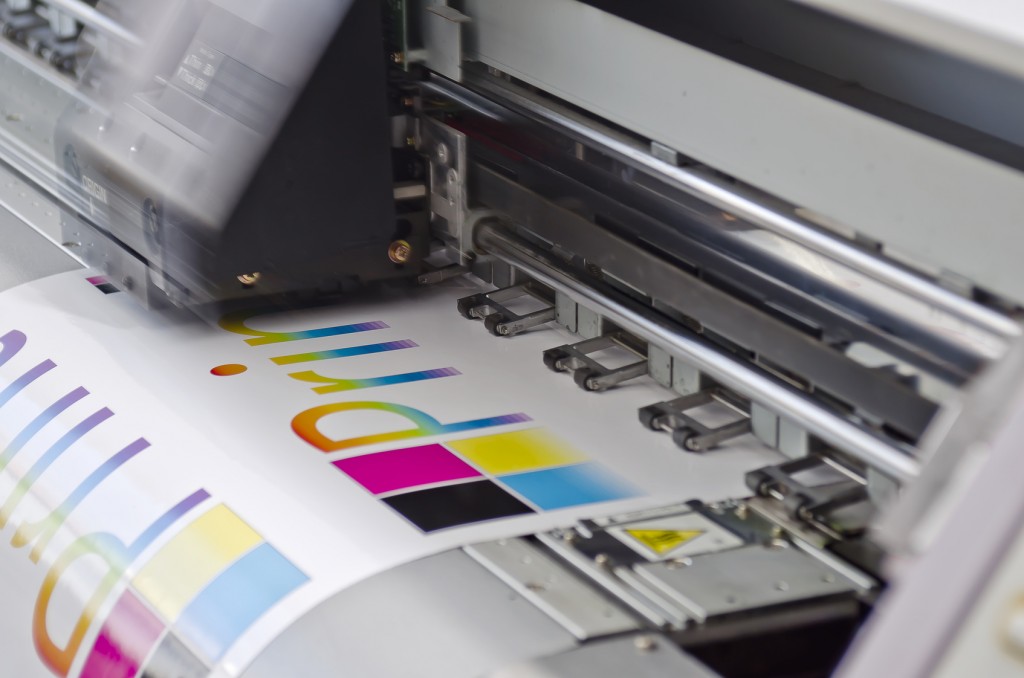
The design of printed material is the most common area that designers encounter every day in their work. Printed materials are something that clients encounter first. The design of promotional materials must be adjusted to the taste, needs, and expectations of the customers. Despite the growing development of digital media – print media is not losing its importance. On the contrary, they are still a very important factor in the life and work of a company – whether its address through printed materials is directed towards clients, or it is a matter of communication within the company itself. The types of printing that we most often resort to today are screen printing and digital printing. Each of these two technologies has its advantages and disadvantages – but also its users who most often decide on printing technology according to their needs.
Basic Differences
To determine which of these two technologies suits us best – we must first know what their basic differences are. When we realize this, we need to know very clearly what our business goals are so we can opt for the technology that suits us best.
Screen Printing
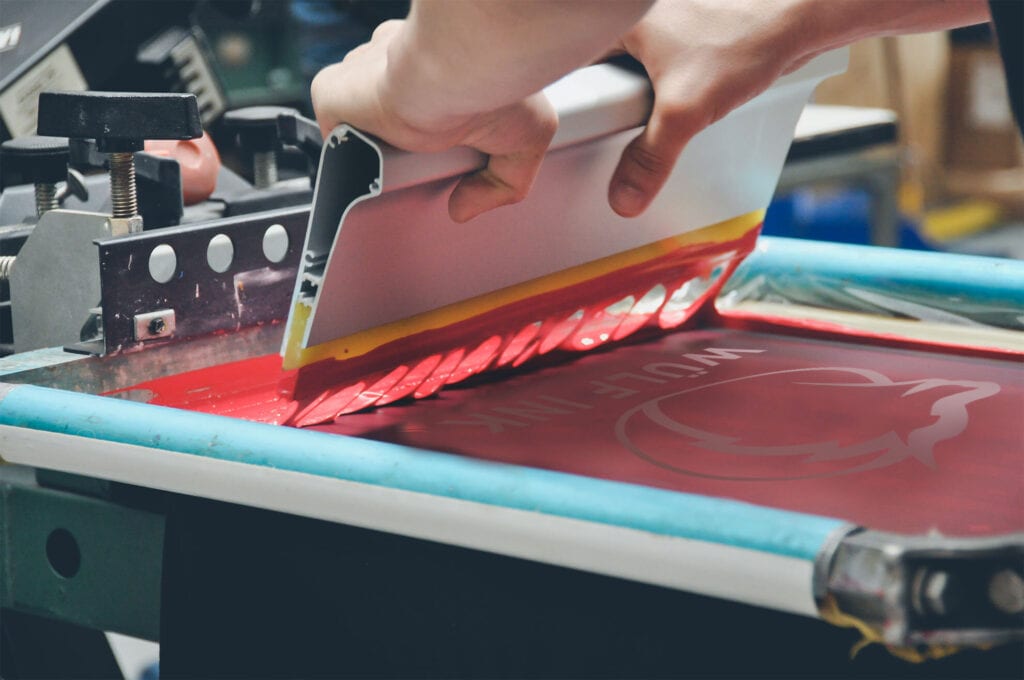
Screen printing is a printing technique in which the print is realized in such a way – that the ink is pushed through a printing form made of silk stretched on a wooden or aluminum frame. Ordinary graphic products can be printed on screen printing machines – but also those intended for special needs, such as some exclusive products and uniques. Screen printing can be printed in several colors on different materials and shapes – such as cylindrical, spherical, or bent shapes. According to once-tech.com, the scope of application of screen printing is not limited, so it can be for printing on glass surfaces, plastic bottle printing, textiles – but also metal, wooden and ceramic substrates of various shapes and purposes.
Application Of Screen Printing
Given the variety of possibilities, this technique has found application in many other industries, especially in the printing of finished products. It occupies a special place in the textile industry in which the most diverse textile materials – such as caps, tracksuits, or T-shirts are printed. It can also be applied to other products such as wallets, snuff boxes, mugs, plastic bottles, etc.
Digital Printing

Digital printing implies a direct connection between the computer in which the digital preparation is performed and the printing machines, that is, the printer. It creates a printing form for each work cycle. This printing technique is based on the ink-jet process – or printing with dry or wet toner using electrography (laser printers). In this technique, the printing form doesn’t really exist – it is imaginary. That means, it is in the computer’s memory – and is transferred directly to the printing medium.
Both Technologies Have Advantages And Disadvantages
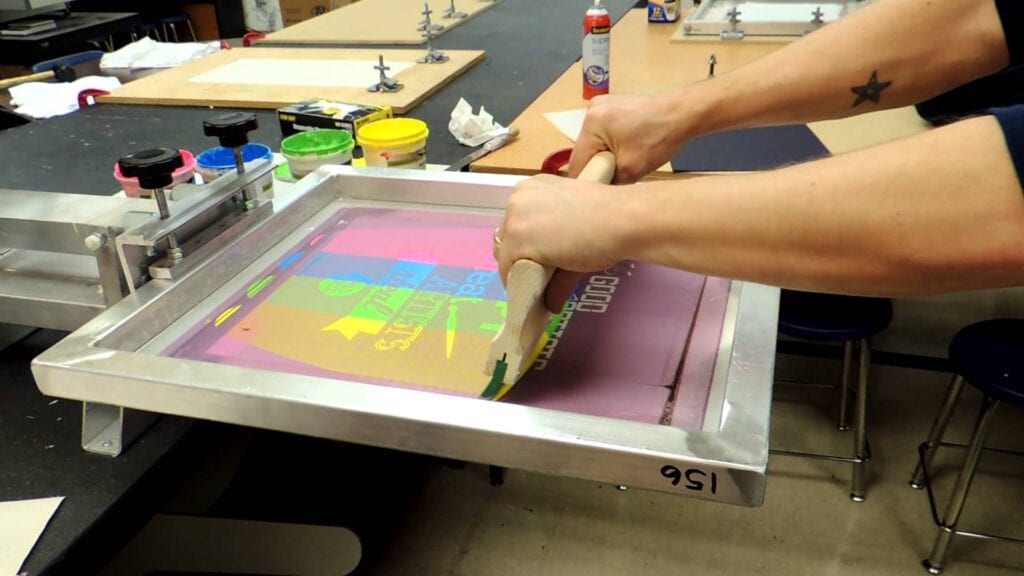
As with all other techniques, both screen printing and digital printing have their qualities, but also their faults. Which technique is better? Well, definitely one that suits your business needs. This primarily refers to the quantity, but also to the quality of the print itself. Sometimes quantity and quality don’t always come in a package – and that’s why it’s important to know exactly what you want – before opting for either technology. As we said, both technologies have advantages and disadvantages.
Pros And Cons Of Screen Printing
Screen printing is the ultimate process for designs that require high vibrancy. Why? Well, first of all, because the ink in screen printing is applied in a thicker layer than the one in digital printing. This ultimately results in colors of greater brightness and depth. Also, for screen printing, we are using machines that can maneuver around uneven or curved surfaces – and this is also an advantage. However, with this type of print, we always have the minimum quantity we need for most orders. For example, when you print business cards – the company will not print less than 1000 pieces. This is in a way a necessity when it comes to screen printing – because the high costs of making screens and working of the screen printing machine must be compensated.
Pros And Cons Of Digital Printing
Digital printing is best used for detail-oriented work – and especially for smaller quantities. Using a computer for digital printing – means that a photo can be printed in all its smallest details during the process. Theoretically, digital printing allows for the exclusive release of a single design on just one unit. It’s also a less complicated process – because all it takes is entering the design into a computer and giving a print command to the printer. However, when it comes to orders in large quantities – this technique is completely unprofitable, both financially and in time.
The Bottom Line
In the end, the outcome of this comparison is up to you. More precisely, it depends on your needs. It is quite certain that for mass printing on paper, glass, plastic, textiles, etc. – we opt for screen printing. This is especially seen in the mass-printing of finished products – such as plastic cups, bottles, or printing on T-shirts and caps. On the other hand, digital printing is considered an extremely precise technique – that gives you top quality, better resolution if the image is in question, etc. Depending on your needs, you can opt for one or the other – and we are sure you will not go wrong.

